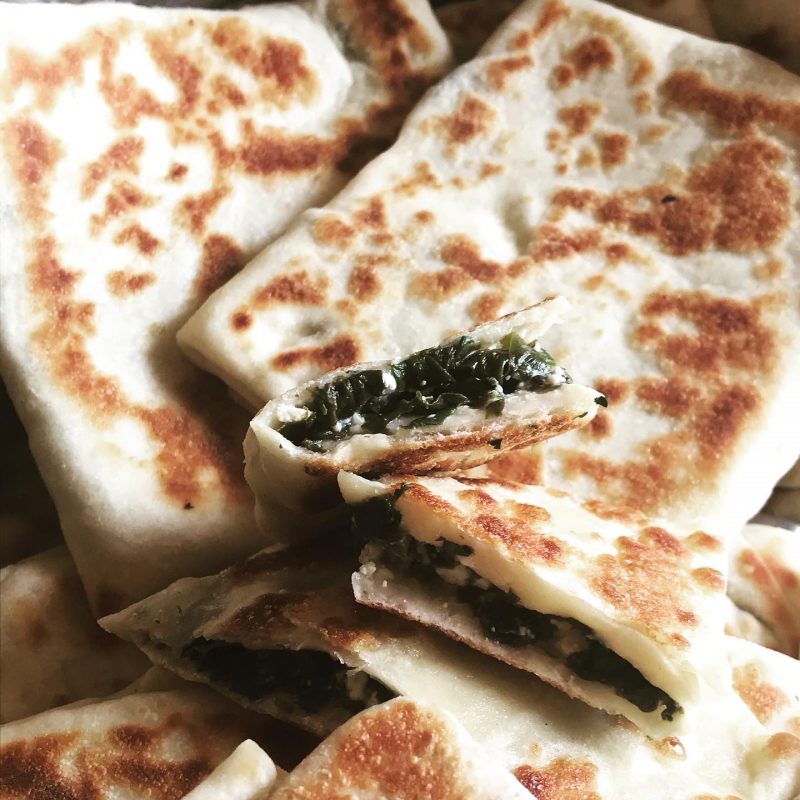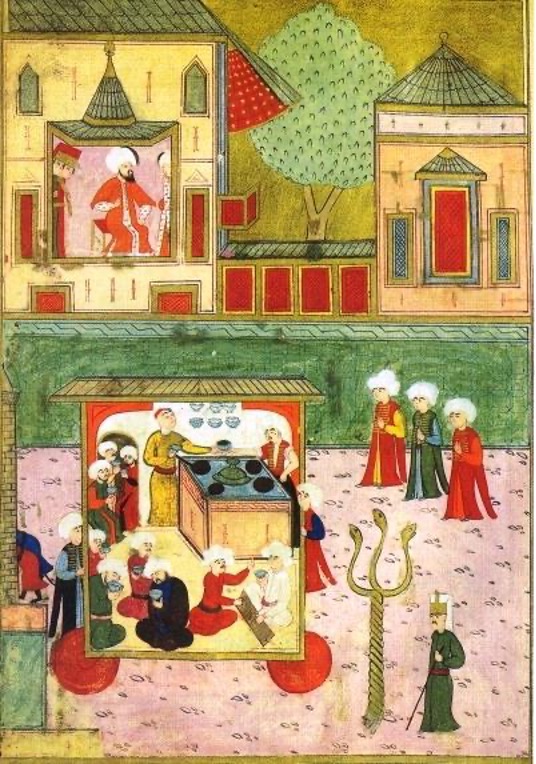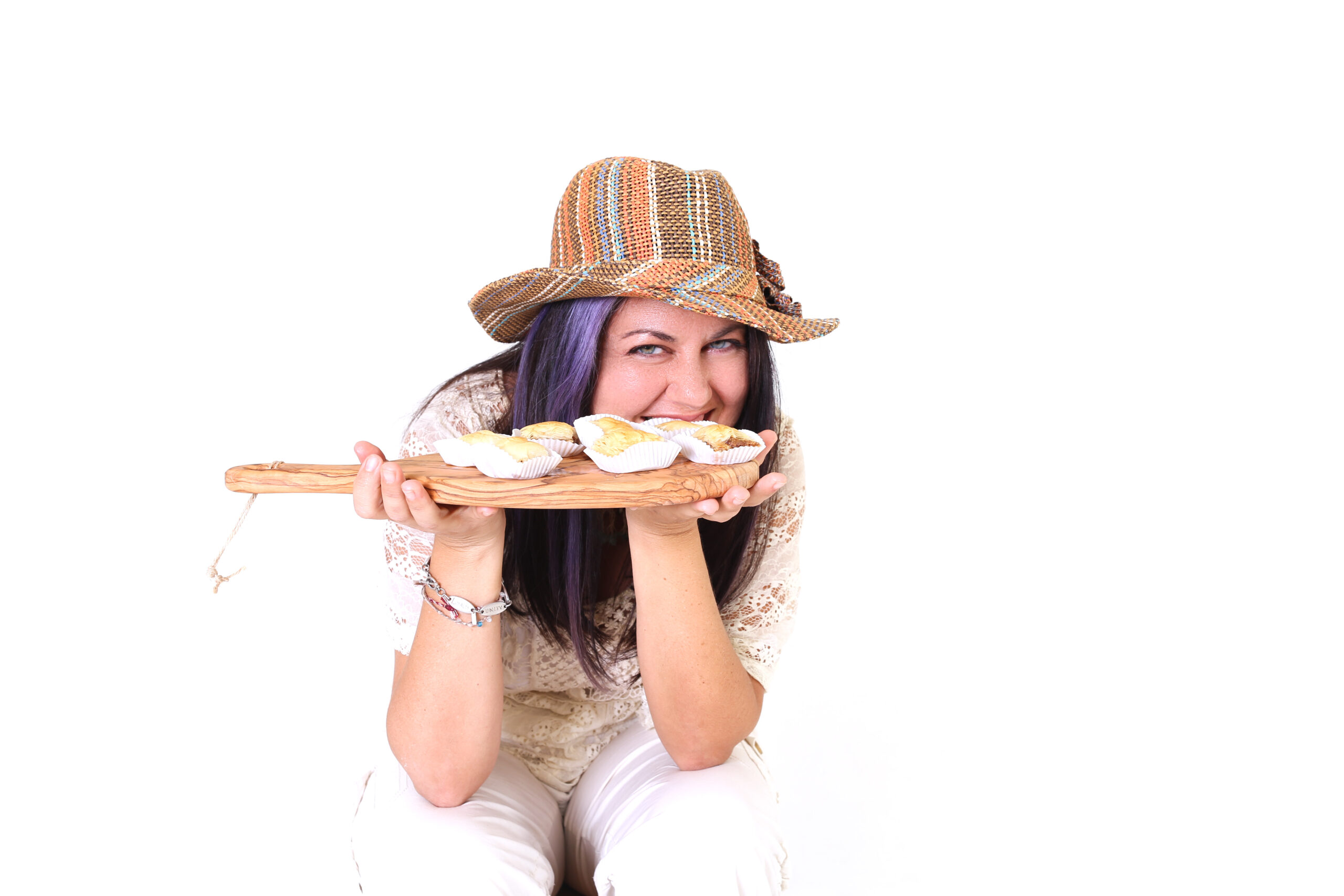
Sugar & Syrup: How they can make or break your baklava
If, seeing the beauty of the sugar cane, the heart pours out its blessings
Sweetness and flavor begin to shout aloud from the root of every tooth.
~Rumi
My dad used to tell me stories of growing up in Adana or South eastern Turkey. As a kid he would either peel off the sweet sap from the pine tree and chew like gum or he would just break off a piece of sugarcane and suck the juices from the stalk.
With sugar cane having the highest sugar content from all the various fruits and plants, it began to be cultivated in many forms all the way back to the Ancient Greeks. As of 300 AD, India regined supreme as it had reduced the cane down to hard sugar blocks which soon made it’s way to anchor into Egyptian society, ultimately becoming refined into a booming sugar industry by 640 AD.
A loaf of sugar was call Kand in Arabic from the Sanskrit Khanda or broken.. It is from here we get our English word “candy.”
Familiar with this “stone honey,” the Ottoman culture believed that it you rubbed a new born baby’s mouth with a sugar cube, that the child would “speak sweetly” when it grew up.
I remember as a child watching my grandmother feed my cousins sugar cubes when they woke up and wondered why someone would do that. It just seemed so odd! Hundreds of years later, turks were still carrying on this tradition of giving babies sugar cubes in hopes of having a sweet child!
Back in the 16th century, sugar was sold in conical loaf forms, not loosly granulated like it is today. Special sugar cutters would be used to portion off enough for recipes. There is even a reference in an old baklava recipe to use damascus sugar first, and second best was European loaf sugar wrapped in blue paper.
The Ottoman Palace consumed so much sugar by the 17th century (65 tons/year) with at least half going into pastries and treats.
Fast forward hundreds of years and Turkey still reigns supreme with all their sugary soaked treats. As I have mentioned before, what we know now as baklava was developed in the 17th century in the ottoman kitchen to celebrate the end of Ramazan and became an annual gift to the Jannisaries. Each region within the Ottoman Empire has tweaked baklava, some use honey as a syrup instead of the sugar/water/ lemon syrup from Turkey.
Making syrup can definitely be an adventure. Mine maybe more so than others because I use different liquids and experiment regularly. Let’s just say-I have made quite the mess sometimes!
Basically, syrup is very simple:
- 3 cups sugar
- 1.5 cups water
- 1 tblsp lemon juice
- Bring to a boil and let simmer for 12 minutes.
- Cool and pour over baklava.
Introducing beer, coffee, tea, juice into the mix makes the cooking experience more eventful if you aren’t careful.
Did you know that one bottle of beer is just about 1.5 cups of liquid and the perfect amount to make a beer syrup? Betcha didn’t! After multiple volcanic explosion of beer boiling up and over the sides of my pot, it is my recommendation to cook your syrup in a big pasta pot not the usual sauce pan. This leaves extra room for the carbonation to release, bubble up and not overflow. Cleaning up overflowed beer syrup that hardens and congeals on the stove top is not my favorite thing to do.
Also, do not..I repeat..do not step away from a beer syrup. It will go from zero (not boiling) to 100 (overflowing everywhere) in a blink. I remember stiring the damn syrup for what felt like hours, turning away for just a second to get a spoon, and POOF! it was instantly up and over all sides of the pan and not slowing down at all!
Each beer has different proportions of hops and other beer-y ingredients that they cook differently. If you are thinking of doing multiple beers, do them one at a time because you are not an octopus!
Now, let’s talk coffee! I make a Turkish coffee syrup in which I brew 1/4 cup of Turkish coffee in a normal coffee pot so that I can strain out all the coffee grounds. Interestingly enough, I need to use more liquid ( 2 cups ) with this syrup because it will over process and become too thick and taffy like if I keep to 1.5 cups. Can I say it is so frustrating when a syrup becomes too processed? You can still pour it over your baklava, but it will not sink down and melt into all of the layers like you want and the baklava pieces themselves will become crunchier over time and hard.
Lastly, I did try making a milky syrup the other day..really not my fav. Did you know that in the 1980’s there was a coup in Turkey and people were not allowed to make baklava? Who knew? So weird..anyway..A baklava baker decided he didn’t want to stop making baklava so he came up with something different and called it Sütlü Nüriye. Basically, it was baklava with a new disguised name and a milky syrup.
After looking at various recipes for this syrup, I kind of came up with my own:
- 1 cup water
- 1 cup milk
- 2 cups sugar
- splash of lemon juice to thicken
I cooked up the water, sugar, and lemon juice up the normal way, let it cool a bit, and then stirred in the milk so it wouldn’t curdle. Most of the recipes said to pour the syrup over the baklava while it was warm which, for me, is a big no-no because warm syrup + warm baklava = soggy, sad baklava.
I did it, but regretted it after because it did what I expected it to do..made it soggy.
Lastly, lets chat herbal infusions. I have done them a few different ways:
- Steeping the herbs or teas in water, making it strong before portioning it out into the sugar
- Simmering the herbs or teas directly in the syrup and straining them out before cooling.
Since you all know I like color, I prefer to steep them long like a tea to get a full bodied flavor and color. In the end, the flower essences at a hint of a flavor under note and does not overwhelm the baklava. Same with the color: it will not dye the baklava the same color as the syrup-it diffuses when absorbed by the filo dough.
Well, my friends, there you go! A bit of history, a bit of crazy cooking, and some tips on how to get creative with your own kinds of syrups.
Share this:
- Click to email a link to a friend (Opens in new window) Email
- Click to share on Facebook (Opens in new window) Facebook
- Click to share on LinkedIn (Opens in new window) LinkedIn
- Click to share on X (Opens in new window) X
- Click to share on Pinterest (Opens in new window) Pinterest
- Click to share on Tumblr (Opens in new window) Tumblr

Gözleme, Turkish stuffed flatbread
You May Also Like

History of Turkish Coffee
July 3, 2025
Have we met? My Name is Elif!
March 10, 2020

3 Comments
jonathanlarkin
the best baklava I’ve ever had uses about 40 sheets of phillo dough and the syrup somehow is thin while at the same time fully saturating the baklava so as when squeezed the syrup oozes out . Also the baklava never falls apart anywhere. This is commercially / factory made baklava found in some greek pizza joints and middle eastern restaurants . After seeing many videos on how the commercial baklava is made [ mostly from Turkey ] I have concluded that their method of boiling syrup poured on over the immediately removed baklava from the oven makes for the best baklava . i have made baklava over a hundred times . it could be the fresh phillo dough , maybe throwing in flour instead of butter between sheets , as well as waiting till the very end before pouring all the melted butter over the top of philough dough. I`m going to start finding out today .
Eleni Christakopoulos
I was stunned to see that the premier Baklava maker in Turkey puts all the butter at the end and then after baking, pours hot syrup over the hot Baklava. Nobody demonstrates EATING it at the end, but I am sure for it to be that renowned, the bakery makes crispy baklava! Let us know what happens with your trials!
Keffy
Yep! I saw the way they make baklava in Turkey and by pouring the butter over at the end, after cutting into pieces, makes everything so much easier. I even ‘flick’ some butter onto each layer of phyllo dough sheets, like i saw the man in the turkey baklava recipe. 🙂